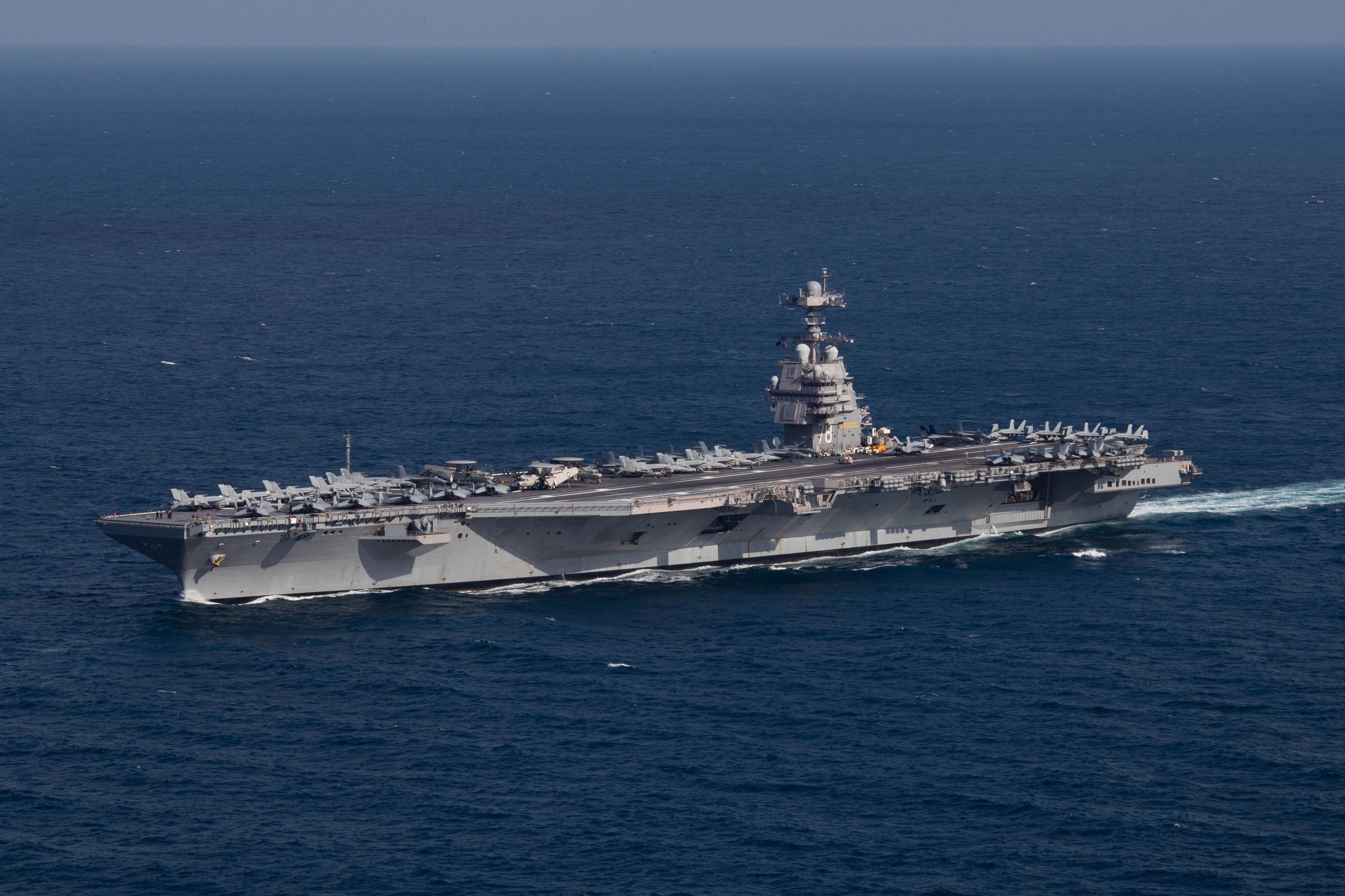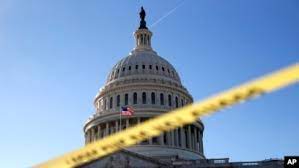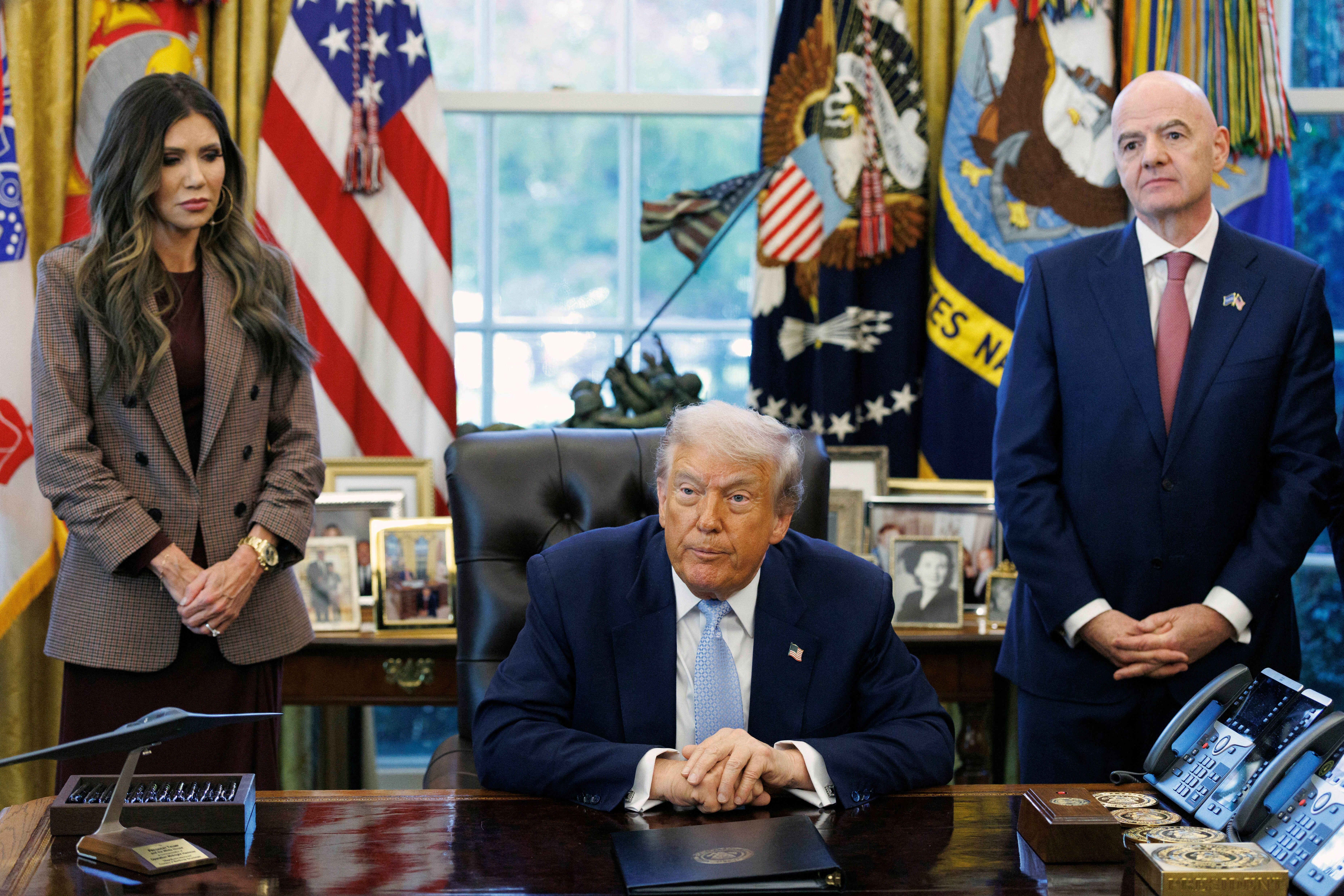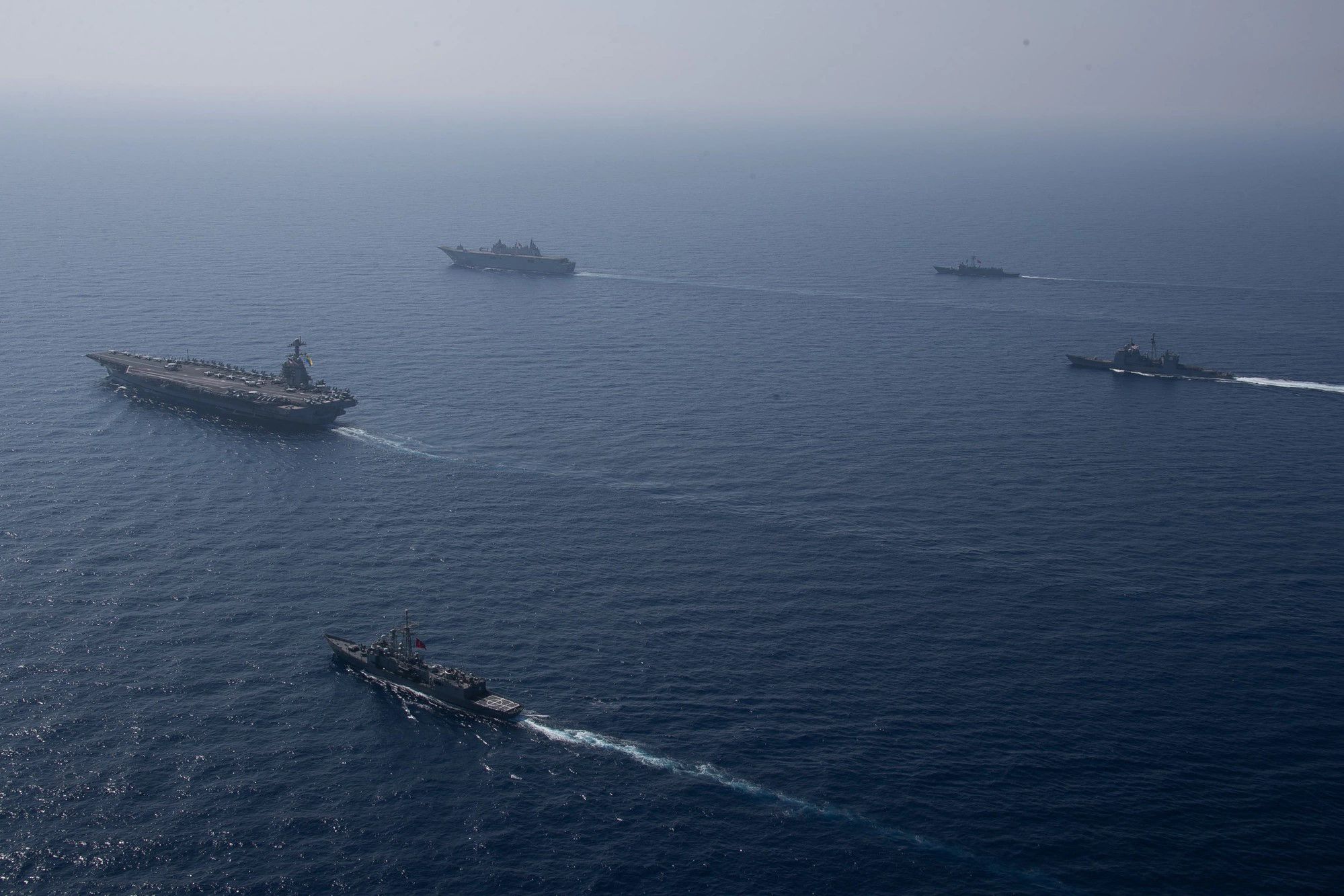The United States has deployed its largest aircraft carrier, the USS Gerald R. Ford, into the waters near Venezuela, marking one of the most significant displays of U.S. military presence in the region in decades.
According to an official from the United States Southern Command, the carrier strike group has entered the U.S. naval command’s area of responsibility in the Caribbean Sea, north of Venezuela’s coast.
Meanwhile, the Venezuelan government, led by Nicolás Maduro, has ordered a nationwide military readiness campaign, activating ground, air, naval, riverine and missile units, in response to what it describes as a direct threat to its sovereignty.
Claims by US administration
The U.S. administration frames the deployment as part of a broader anti-narcotics mission, specifically targeting illicit trafficking routes in the Caribbean.
But analysts say the magnitude of the deployment – including the Ford, its escort ships and approximately 12,000 personnel – suggests a strategic signal rather than purely a drug-interdiction operation.
Venezuela prepares for potential attack
For the Venezuelan government, the deployment intensifies the pressure it has been under, both from U.S. sanctions and anti-narcotics indictments against Maduro’s inner circle. Caracas has interpreted the carrier’s arrival as an escalation toward potential regime change.
Regionally, neighbours are watching closely. The use of Caribbean bases, radar installations and regional training exercises by U.S. forces has stirred unease among Latin American nations, particularly over sovereignty and precedent.
Bottom line
The arrival of the USS Gerald R. Ford near Venezuela signals a dramatic shift in the U.S. posture in the Caribbean. While the public rationale emphasises drug-trafficking, the scale of the deployment speaks to a broader strategic pressure campaign. For Venezuela, it presents a grave challenge; for the region, a test of how hemispheric security and sovereignty will be managed in an era of renewed great-power positioning.








 Car
Car



